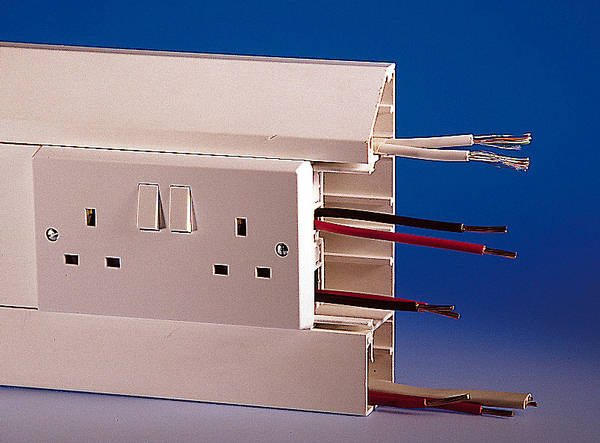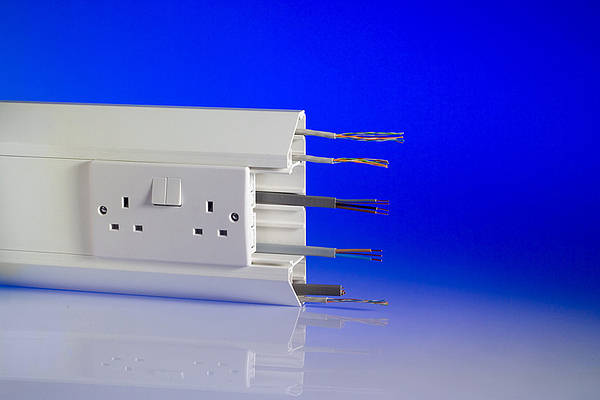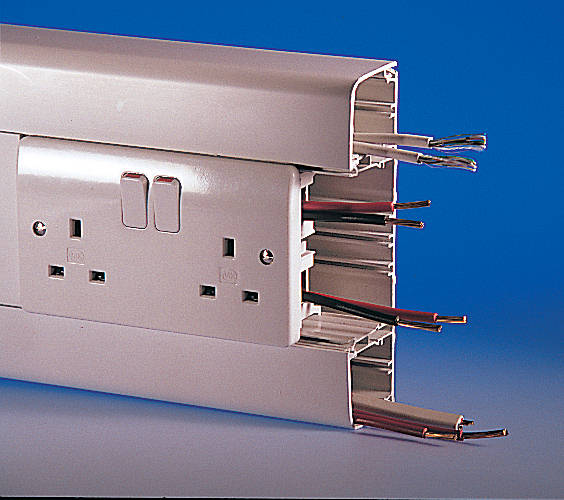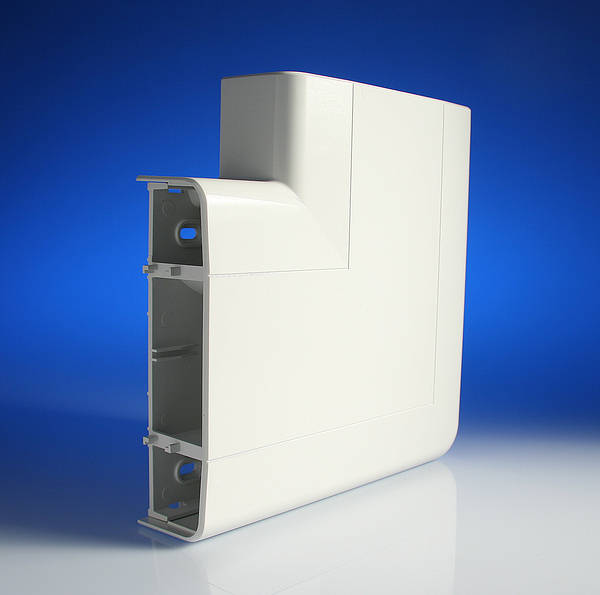I have 11 appliances to connect, consisting of: -
1 screen, 2 PCs, 2 Servers, 1 router, 1 switch, 1 Vodafone Sure Signal box, a cordless telephone and another homeplug in the extension (soon to be removed).
Personally I'd be putting a big chunk of those on the UPS as well.
Yes, I've seen setups where the server is protected, but not the external hard drive used for backups (so the drive can get corrupted if the lights go off), or the screen isn't protected (so you can't log on to manually shut stuff down if needed), or the network switch isn't protected (so other devices lose a network connection they may need (eg save a file mounted off a server) for a clean shutdown).
I'd probably put the PCs on the UPS as well - it's darned annoying to lose your work

In my back room I've two servers, screen, tape drive, network switch, and modem - all off one UPS and using one socket on the wall.
It does need a larger UPS, but with that amount of kit I suspect that's either already there or wouldn't be a big problem. I've been lucky in being able to recycle UPSs that customers have asked us to get rid off - often they've only needed new batteries

The aforementioned UPS is a 1500VA unit that only needed new batteries, and mother's computer downstairs is on a 1kVA unit (yes it's a tad oversized) that was similarly acquired. Mother's computer is on a UPS for when the RCD in the CU trips - unintended consequences of safety measures

You don't need wall sockets for stuff on the UPS. I find it handy to take the 13A plug off a 6 way short extension and fit an IEC320 plug on it to fit the UPS - otherwise power bricks are a pain.





